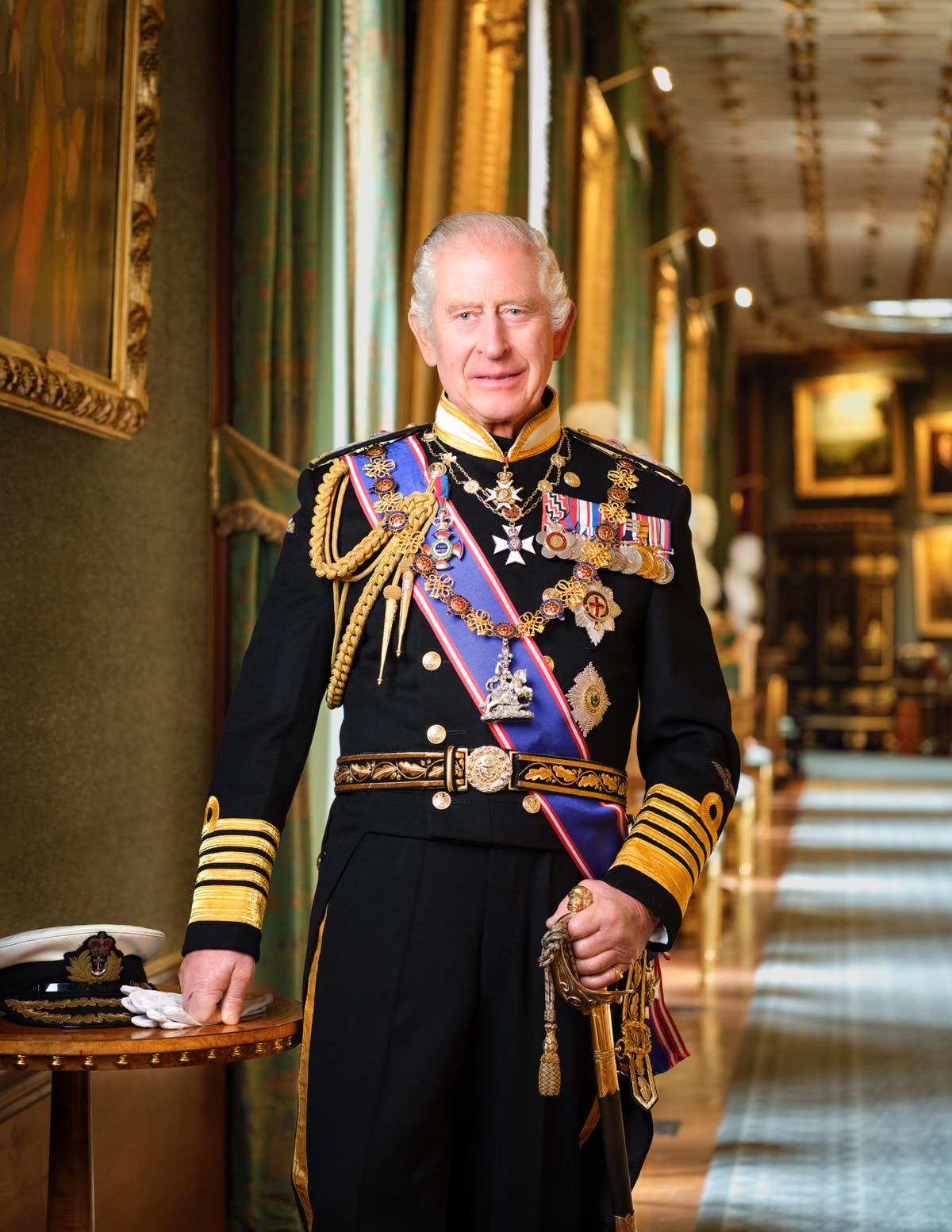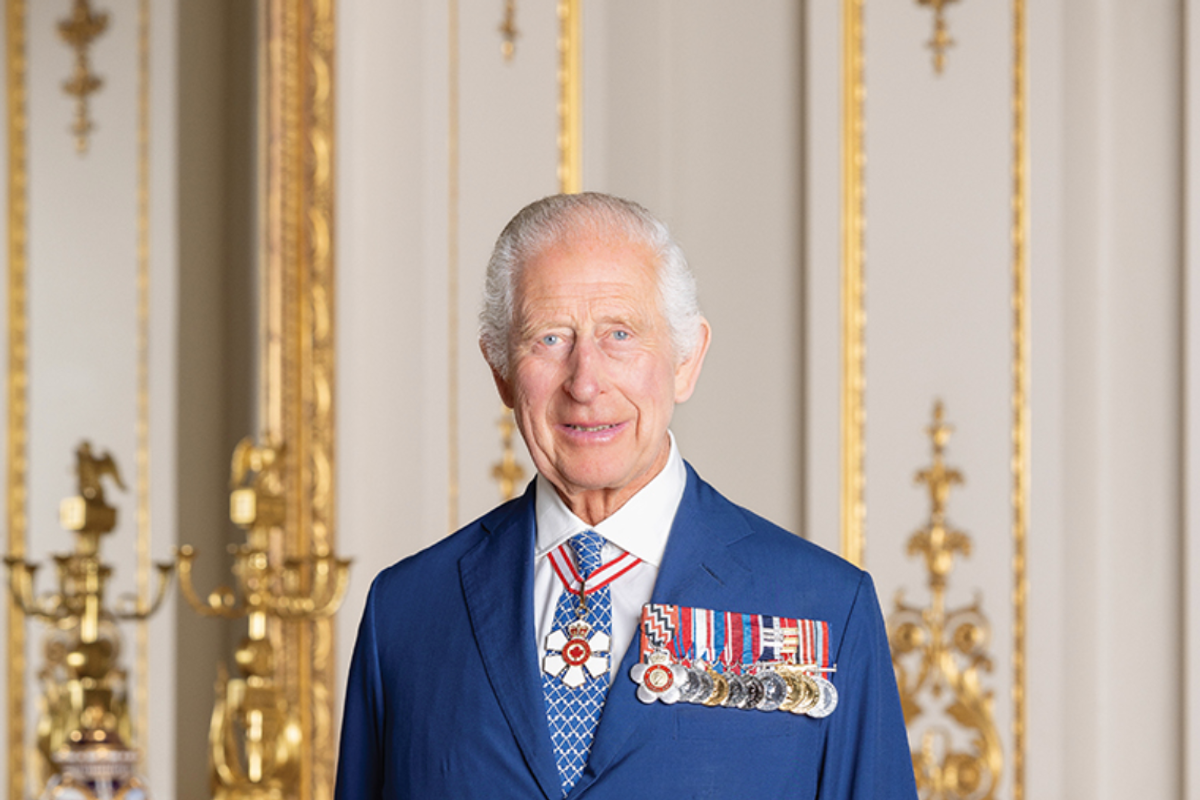King Of Canada: What You Need To Know | Explained
Does the King of Canada actually do anything? The answer, surprisingly, is nuanced, as Canada operates under a constitutional monarchy where the role of the monarch is primarily symbolic, yet deeply interwoven with the nation's identity and governance.
Canada's relationship with the British monarchy is a fascinating tapestry woven through centuries of history, evolving from colonial ties to a modern constitutional framework. This system sees King Charles III as Canada's head of state, a position that, while largely ceremonial, carries significant weight in terms of tradition, national unity, and international relations. The Canadian Crown, far from being a relic of the past, continues to adapt and evolve as a unique Canadian institution.
The functions of the monarchy in Canada are primarily carried out by the Governor General, who acts as the King's representative. This individual attends numerous ceremonial events, represents Canada on state visits, and participates in other international engagements. This underscores the monarchy's role in maintaining the ceremonial heart of the Canadian government.
| Category | Details |
|---|---|
| Current Monarch | King Charles III |
| Accession to the Throne | September 2022, upon the passing of Queen Elizabeth II |
| Head of State Role | Symbolic, defined by the constitution and constitutional conventions |
| Representative in Canada | The Governor General |
| Key Functions of the Crown in Canada | Ceremonial duties, representation on international occasions, foundation of the executive, legislative, and judicial branches |
| Constitutional Framework | Constitutional Monarchy |
| Link to Authentic Source | Governor General of Canada Official Website |
The question of whether the King of England rules Canada, however, is a misconception. The King's role in Canada is distinct from his role in the United Kingdom. He serves as Canada's head of state, a position separate from his role as the monarch of the UK. This separation is fundamental to Canadas sovereignty, acknowledging a shared monarchy while maintaining distinct national identities. In essence, King Charles III wears two hats, each representing a unique constitutional role.
The evolution of the Canadian Crown is a fascinating study in how an institution can adapt to changing times. While the British monarchy initially governed Canada, over time, the Canadian Crown evolved to become a uniquely Canadian institution, reflecting the country's distinct history, values, and aspirations. This evolution reflects the broader shift from colonial rule towards full national sovereignty.
Canada's system of government hinges on its constitutional monarchy. The monarch's powers are clearly outlined in the constitution and are further shaped by constitutional conventions, unwritten rules that govern the workings of the government. This constitutional framework ensures that the monarch's role remains largely symbolic, providing stability and continuity within the country's governance.
The Governor General plays a pivotal role. As the King's representative, they perform essential duties, including giving Royal Assent to legislation, which is the final step for a bill to become law, and opening and closing Parliament. They also represent Canada on international occasions and welcome foreign dignitaries. This role underscores the monarchy's significance in maintaining the smooth functioning of the government.
The historical context is essential. The history of monarchy in Canada can be traced back to the arrival of the French in the 16th century. Since then, both French and British monarchs have reigned over Canada, shaping the country's identity and political landscape. However, the date the monarchy was established in Canada varies, with some citing the founding of New France in 1534 under King Francis I, while others point to John Cabot's landfall in 1497.
The significance of the monarchy extends beyond formal duties and ceremonial functions. It strengthens the ties between Canada and the British monarchy. This shared heritage provides a symbolic link to the past while maintaining a vital connection on the international stage. As such, the Canadian Crown continues to evolve, reflecting Canada's evolving identity and its place in the world.
The Canadian Crown is more than just a symbolic figurehead; it is a cornerstone of the country's system of government, a historical touchstone, and a symbol of Canadian identity on the global stage. The monarchy's presence reinforces the foundation of the executive, legislative, and judicial branches. This complex and evolving relationship reflects Canada's ability to adapt, modernize, and preserve tradition.
Meetings between a monarch and a Prime Minister are typically kept private. This practice acknowledges the importance of discretion and respect for the constitutional roles of the monarch and the head of government. Such confidentiality reinforces the formality and dignity of the Crown.
While the King's parliamentary roles are largely ceremonial, exceptions and unique events can arise. These exceptions add depth and context to the role of the monarchy in the Canadian context. Such functions showcase the monarchy's continuous relevance and provide opportunities for meaningful impact.
The upcoming coronation of King Charles III provides a unique moment to reflect on the historical traditions, and the significance the monarchy has. News of historic coronation vestments from the Royal Collection being reused for the coronation service at Westminster Abbey highlights a continued commitment to tradition.
Royal tours also play a role in this connection, providing an opportunity for Canadians to engage with the monarchy. The protocols for these visits are designed to foster respect and cultural exchange. These interactions provide an opportunity for Canadians to come face to face with members of the Royal Family, promoting understanding and strengthening the ties.
In the modern era, the role of the monarchy in Canada continues to spark discussion and debate. Events like the Diamond Jubilee Conference on the Crown in Regina in 2012, where papers assessing the historical and contemporary relevance of constitutional monarchy were presented, are essential in exploring the dynamics of this relationship.
In essence, Canada's constitutional monarchy is a unique blend of history, tradition, and modern governance. King Charles III, as Canada's monarch, carries out duties rooted in ceremony. The monarchy's presence in Canada continues to serve as a symbol of continuity and national identity.

